MTB DRIVETRAIN
Learn more about how to increase your drivetrain’s lifespan – blog and video below!
Shimano Drivetrain
Due to availability and shipping issues we are offering Shimano products in-store as well as by phone / mail order.
Please use the contact form below to inquire about Shimano product availability, timelines or comparable product!
BikeCo offers the best MTB Drivetrain components from class leading manufactures.
This category contains eight subcategories to further search for what you need.
Bottom Brackets
Cassettes
Chains
Chain Guides
Chain Rings
Cranks
Rear Derailleurs
Shifters
or scroll down to shop all drivetrain!
Search In-Stock product or check out the sub-menu links above.
Don’t see what you’re looking for?
-
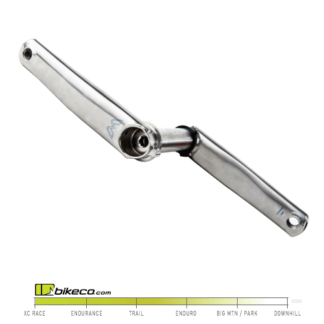
Cane Creek eeWings Ti Cranks
$1,099.99In stock
Select options -
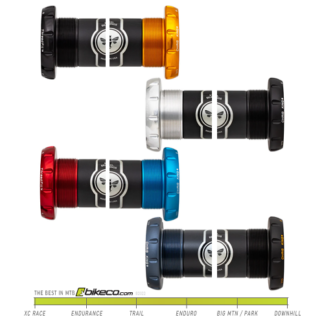
Chris King ThreadFit 30 Bottom Bracket
$212.00 – $245.00Currently Out of Stock - Inquire for Details
Select options -

Hope Bottom Bracket Bearings Press Fit 41mm Shell ID
$70.00In-Stock: updated 04/26/24. Ships same or next business day!
Add to cart -
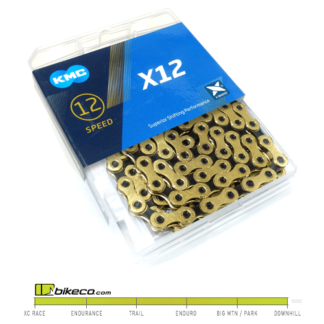
KMC X12 12sp Chain
$70.00Use Inquiry form for product ETA!
Read more -
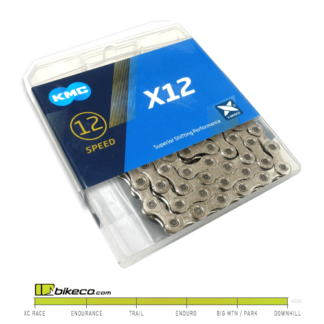
KMC X12 12sp Chain
$40.00In-Stock: updated 04/26/24. Ships same or next business day!
Add to cart -
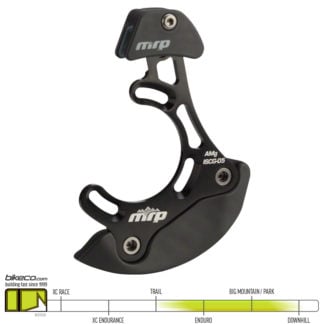
MRP AMg V2 Alloy Chain Guide ISCG-05
$99.95 – $119.95Currently Out of Stock - Inquire for Details
Select options -
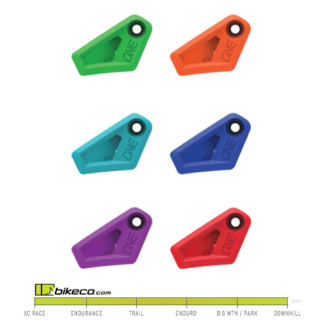
OneUp Chain Guide Top Kit
$18.50In stock
Select options -
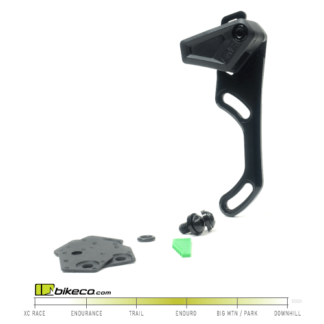
OneUp Chain Guide V2 ISCG-05
$59.50In-Stock: updated 04/26/24. Ships same or next business day!
Add to cart -

OneUp Chain Guide with Bash V2 ISCG-05
$94.50In-Stock: updated 04/26/24. Ships same or next business day!
Add to cart -
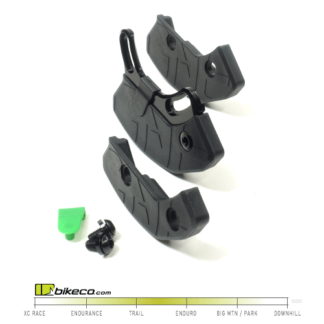
OneUp Underbash ISCG-05
$49.50In-Stock: updated 04/26/24. Ships same or next business day!
Add to cart -
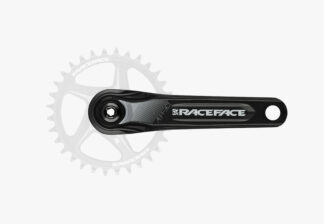
Race Face Aeffect R Crank Arms 51mm Chainline
$134.99In stock
Select options -
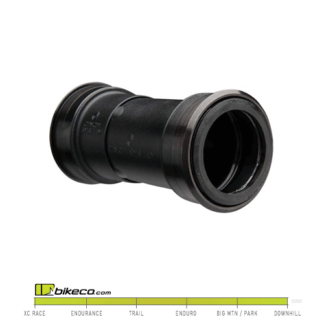
RaceFace BB92 Bottom Bracket 30mm Cinch
$59.99In-Stock: updated 04/26/24. Ships same or next business day!
Add to cart -
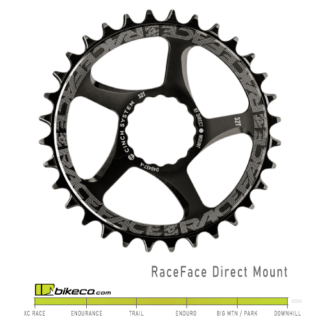
RaceFace DM 3mm Offset Chainring (Cinch)
$64.99 – $67.99In stock
Select options -

RaceFace DM Cinch HyperGlide+ Chainring
$74.99In-Stock: updated 04/26/24. Ships same or next business day!
Select options -

RaceFace Oval Cinch Chainring
$64.99
Select options -
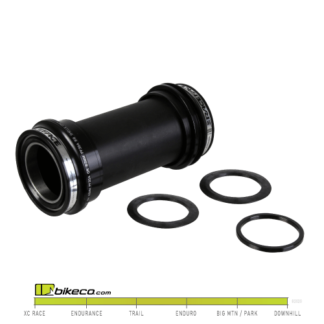
RaceFace PF30 Bottom Bracket 30mm Cinch
$59.99In-Stock: updated 04/26/24. Ships same or next business day!
Add to cart -

RaceFace SRAM Direct Mount Chainring
$69.99Currently Out of Stock - Inquire for Details
Select options -

RaceFace Threaded Bottom Bracket BSA83 30mm Cinch
$59.99Use Inquiry form for product ETA!
Read more -

Shimano Deore M6100 12sp Cassette 10-51t
$91.99Use Inquiry form for product ETA!
Read more -

Shimano Deore M6100 12sp Chain
$24.99In-Stock: updated 04/26/24. Ships same or next business day!
Add to cart -

Shimano Deore M6100 12sp Derailleur SGS, Long Cage
$56.99Use Inquiry form for product ETA!
Read more -
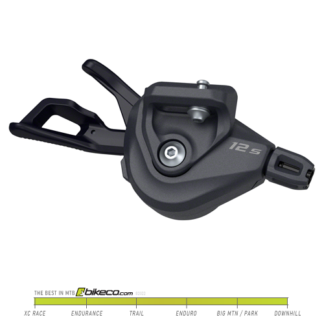
Shimano Deore M6100 12sp I-SPEC Shifter
$31.99Use Inquiry form for product ETA!
Read more -
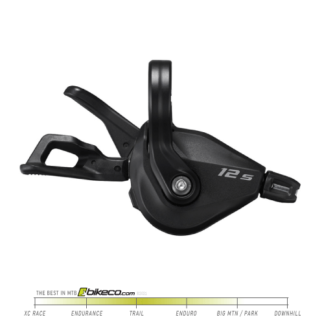
Shimano Deore M6100 12sp Shifter Band Clamp
$31.99In-Stock: updated 04/26/24. Ships same or next business day!
Add to cart -
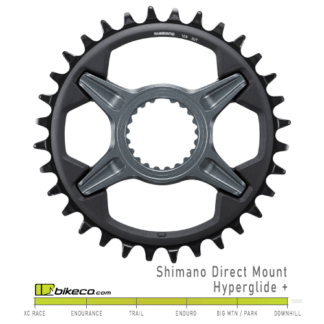
Shimano SLX CRM75 Chainring
Currently Out of Stock - Inquire for Details
Read more -
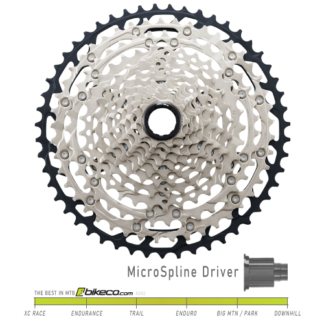
Shimano SLX M7100 12sp Cassette 10-51t
$104.99Use Inquiry form for product ETA!
Read more -

Shimano SLX M7100 12sp Chain
$32.99In-Stock: updated 04/26/24. Ships same or next business day!
Add to cart -

Shimano SLX M7100 12sp Derailleur SGS, Long Cage
$78.99In-Stock: updated 04/26/24. Ships same or next business day!
Add to cart -
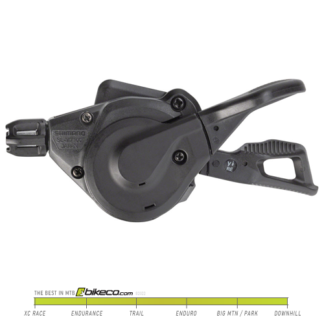
Shimano SLX M7100 12sp I-Spec Shifter
$40.99Use Inquiry form for product ETA!
Read more -

Shimano SLX M7100 12sp Shifter Band Clamp
$40.99In-Stock: updated 04/26/24. Ships same or next business day!
Add to cart -
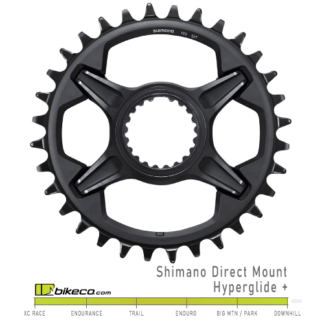
Shimano XT CRM85 Chainring
$64.99In-Stock: updated 04/26/24. Ships same or next business day!
Select options -
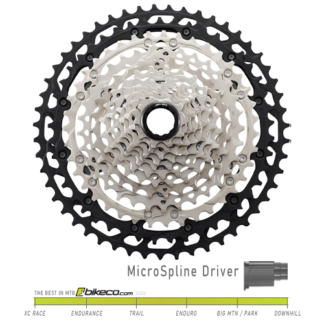
Shimano XT M8100 12sp Cassette 10-45t
$159.99Use Inquiry form for product ETA!
Read more -
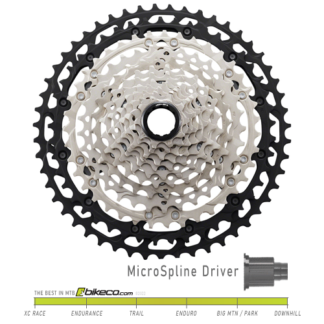
Shimano XT M8100 12sp Cassette 10-51t
$164.99Use Inquiry form for product ETA!
Read more -
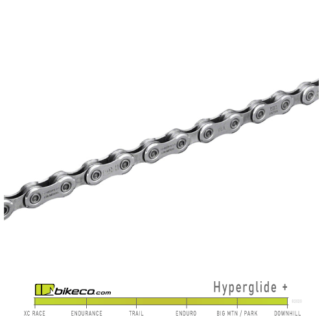
Shimano XT M8100 12sp Chain
$48.99In-Stock: updated 04/26/24. Ships same or next business day!
Add to cart -

Shimano XT M8100 12sp Derailleur SGS, Long Cage
$118.99Use Inquiry form for product ETA!
Read more -
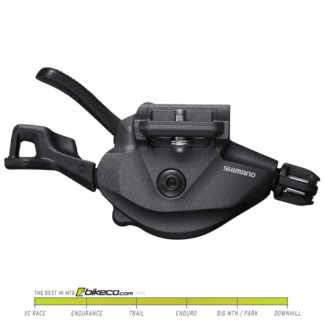
Shimano XT M8100 12sp I-Spec Shifter
$62.99Use Inquiry form for product ETA!
Read more -

Shimano XT M8100 12sp Shifter Band Clamp
$62.99Use Inquiry form for product ETA!
Read more -
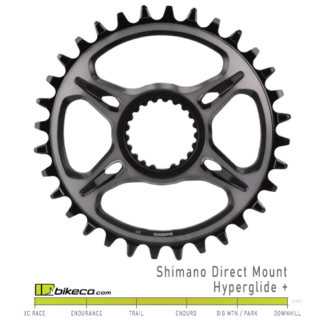
Shimano XTR CRM95 Chainring
Currently Out of Stock - Inquire for Details
Read more -
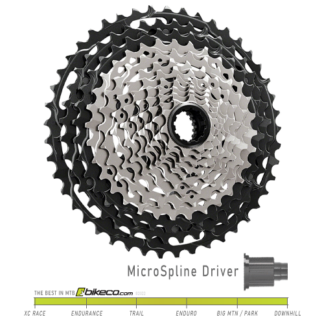
Shimano XTR M9100 12sp Cassette 10-45t
$379.99Use Inquiry form for product ETA!
Read more -
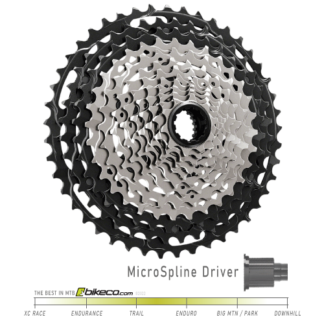
Shimano XTR M9100 12sp Cassette 10-51t
$409.99Use Inquiry form for product ETA!
Read more -

Shimano XTR M9100 12sp Chain
$68.99In-Stock: updated 04/26/24. Ships same or next business day!
Add to cart -
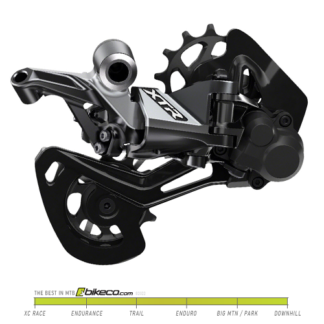
Shimano XTR M9100 12sp Derailleur GS, Med. Cage
$273.99Use Inquiry form for product ETA!
Read more -
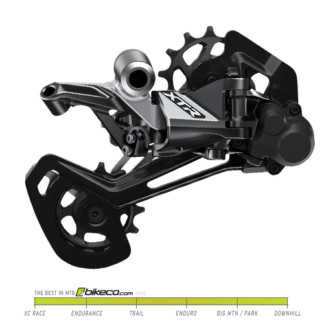
Shimano XTR M9100 12sp Derailleur SGS, Long Cage
$273.99In-Stock: updated 04/26/24. Ships same or next business day!
Add to cart -
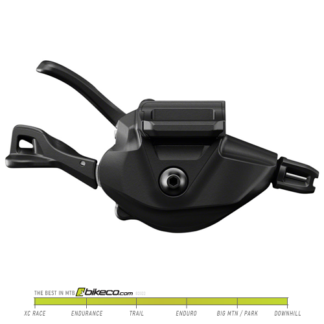
Shimano XTR M9100 12sp I-Spec Shifter
$136.99Use Inquiry form for product ETA!
Read more -

Shimano XTR M9100 12sp Shifter Band Clamp
$136.99Use Inquiry form for product ETA!
Read more -
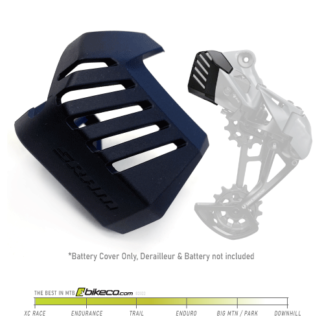
SRAM AXS Battery Cover
$20.00In-Stock: updated 04/26/24. Ships same or next business day!
Add to cart -
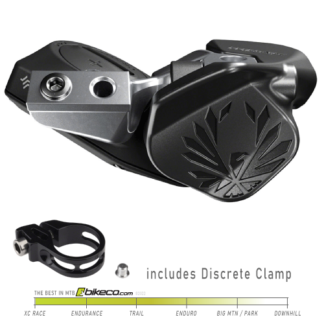
SRAM AXS Controller
$215.00Use Inquiry form for product ETA!
Read more -
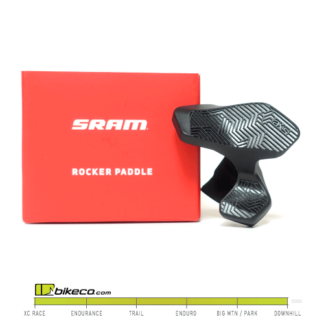
SRAM AXS Rocker Paddle
Sale! Original price was: $20.00.$15.00Current price is: $15.00.In-Stock: updated 04/26/24. Ships same or next business day!
Add to cart -
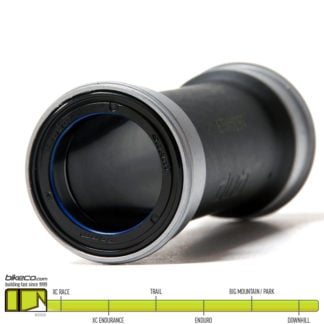
SRAM DUB PressFit Bottom Bracket 41mm Shell ID
$44.00In-Stock: updated 04/26/24. Ships same or next business day!
Add to cart
Four Ways to Improve Chain, Cassette and Chain Ring Service Life
All of us want to get the most life out of our MTB components. Understanding how your MTB drivetrain wears as well as four simple ways to improve chain, cassette and chain ring service life will help you stretch your bike budget.
Chain Assembly

Your chain consists of an assembly of outer links, inner links with built in bushings, a center roller and a pin that connects it all. Repeat this over and over and you’ve got your chain.
Chain Stretch
Drivetrain wear is measured through chain “stretch”. I use quotations as it is kind of a misnomer. The chain elongates – but none of the components are really “stretching”.

As the outer diameter of the pin and the inner diameter of the bushing rotate on each other they wear in together.

The linkages in fact remain the same size. However, the interfaces wear which increases the length required to transfer power. This is responsible for the added length of a worn chain compared to a new chain.
Chain Wear & Aging
As illustrated the diverging diameters of the bushing (getting larger) and the pin (getting smaller) decrease the contact patch between them. This means the chain tends to wear faster towards the end of it’s life cycle than the beginning.
As the chain wears it increases the chain pitch, or the measurement between contact points. The chain no longer applies equal load across as many teeth on the cassette or chain ring.
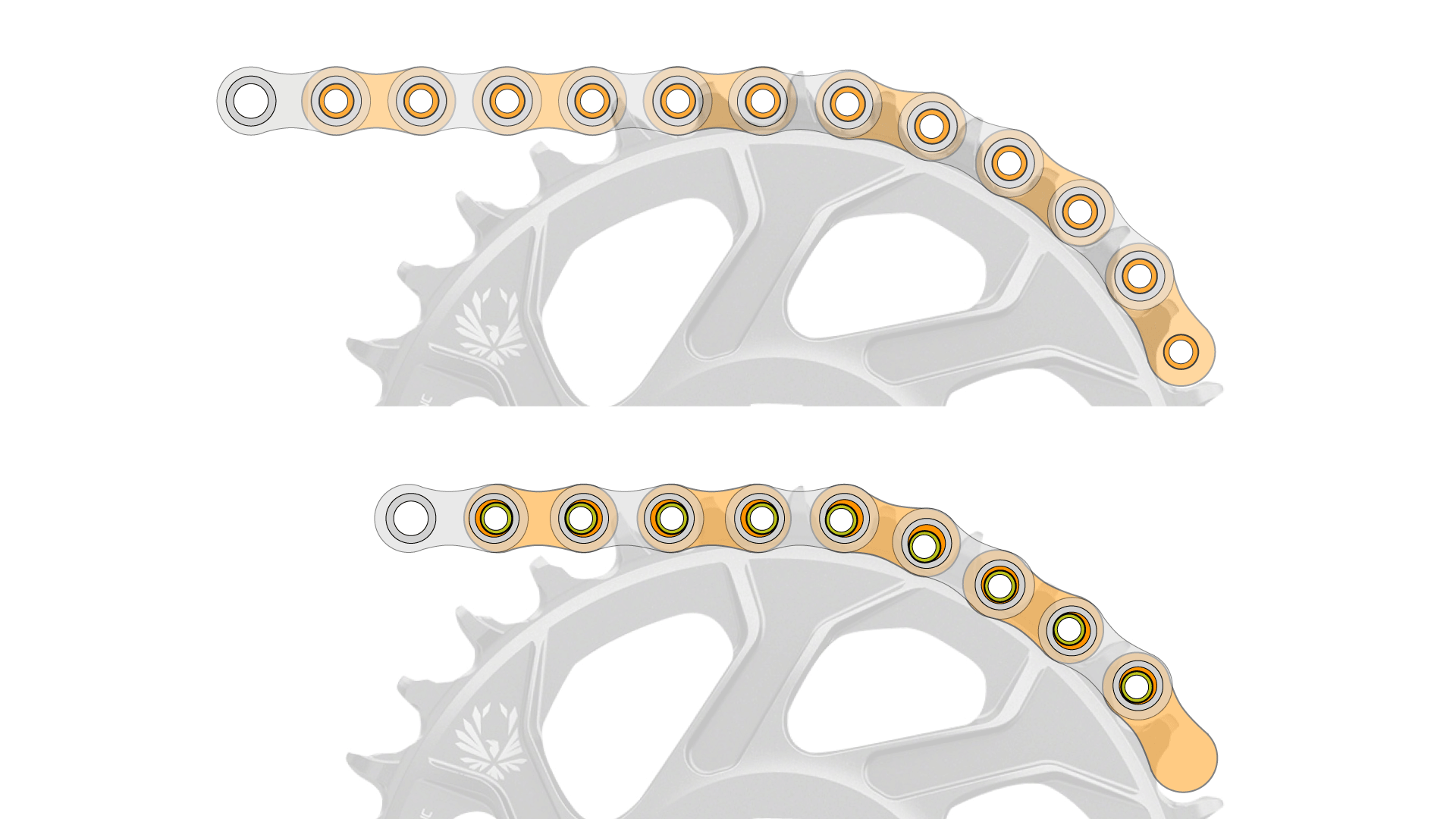
With more power applied the teeth tend to become deformed.
This can take the form of “hammer formed” drive edges (the edge of the tooth that has power applied to it) which show as mushroomed areas of metal repeatedly impacted by the chain during power transfer.
Teeth may also show signs of shark toothing where metal is worn away as the chain’s power is overloading the teeth available creating deformation until the cassette or chain ring’s pitch has been altered closer to the chain. Worn front chain rings tend to hold onto the chain too long, on the bottom of the ring, which creates clicking. Worn cassettes suffer clicking and won’t hold gears properly or shift cleanly.
Once the cassette and ring start showing this type of wear for anywhere near optimum performance they should be replaced as a set.
Replacing Just a Chain, or Ring, or Cassette
This is one of the most talked about aspects of basic MTB repair. Can you just replace a chain?
Maybe. But it’s hard to catch it at that point.
There’s a few reasons it’s not easy to find that exact amount of wear when replacing just a chain will provide you the shifting quality and experience you expect. Let’s look at some.
First chains are considered completely worn at 1% stretch. It’s a pretty small amount to try to keep on top of.
Chains aren’t going to wear completely equally on all the pins.
MTB chains have dirt / sand / mud / muck ingression which expedites wear. (think of a water jet cutter – it uses sand as the cutting tool because it’s that abrasive)
Since the drivetrain’s wear rate accelerates towards the end of its service life (through contact point wear, pitch change, teeth deformantion) you have to pay more attention to it in the mid-life span prior to it beginning to wear the group.
Have I Replaced just a Chain?
Yes a couple times. But most the time the system wears in as a group and I end up replacing the cassette and chain ring as well.
The times it has worked the replaced chain was still relatively fresh. Once was a time I mauled a bunch of links on a pretty new group. The other couple times were trying to explore the ideal point to recommend a group instead of just a chain.
If the chain was relatively fresh, didn’t show really any stretch but I knew it had a lot of miles on it I had decent luck with it.
If the chain started to show wear the end results were about 50/50. If the cassette and chain ring had started to show wear the new chain would tend to click, skip and shift poorly.
At that point I would replace the cassette and chain ring before they would accelerate the wear on the new chain.
Doing the work myself, at my leisure, with a store full of parts at my disposal it wasn’t too big of an issue to try the chain and then install the new bits if the shifting wasn’t crisp.
If a bike was coming in for service we would always lean towards replacing a group to minimize both bike down time as well as a la carte service charges.
If you’re doing the work in your garage it might be worth it to have spares around in case replacing just the chain doesn’t work.
Four Ways to Increase your Drivetrains Life
Clean your Chain, Pulleys, Chain Ring & Cassette
This doesn’t have to be a pristine or spotless but a functional clean. The goal is to minimize the amount of sand, dirt, mud, muck and debris that gets under the roller or bushings and wears the contact surfaces.
I clean the chain about every ride (I would suggest every ride – but it’s kind of like flossing eh?). I use a rag and pull the debris off the exterior of the links, knock off any buildup on the chain ring and pulley teeth and then run the chain through my fingers to clean the roller and bushing interfaces.
Every now and then I’ll clean the cassette and dig out the buildup on the chain ring below the chain (shown in video with an allen wrench).
If you take a little time during cleaning to inspect your chain, chainring and cassette you may notice issues before they become huge nuisances.
Lube Your Chain
OK, if cleaning the chain is like flossing which I admit isn’t a every time thing lubing my chain is like brushing my teeth – a for sure every time deal.
Lube has two main purposes. First it provides a surface to minimize metal to metal wear and noise. Second it helps displace any debris between the pins and bushings or roller.
I use Boeshield as my day to day lube. If you follow the directions and let it sit you’ll notice it’s more effective – but, if you’re like me and are guilty of the “apply and go” it still works well.
About once a month or so I use the Dumonde Tech Classic which is a thicker lube. This is almost like a tune-up in a bottle. Just make sure to wipe the excess off or it will attract more debris in dry conditions.
Keep Your Bike Tuned
As we said earlier your cassette and chain ring wear is expedited when the amount of teeth sharing the load is decreased.
Poorly adjusted drivetrains, skipping between gears, poor B-tension setup, etc will reduce the amount of engaged teeth.
Keeping your bike tuned will extend the drivetrain’s service life and allows you a chance to review the condition of the chain, cassette and ring.
Shift Kindly!
This goes back to the “less teeth more stress” deal.
And, it doesn’t matter if you ride cable driven or wireless systems – the mechanics of how your chain swaps gears is the same. It disengages from the cog it was in and moves over.
During that disengagement and reengagement you’ve increased the load on the cassette’s teeth. If you’re climbing something steep or mashing the power during that transition you’re expediting the drivetrain group’s wear.
Wrapping It Up
So in conclusion if you keep your MTB drivetrain Clean, Lubed, Tuned and behave yourself you’ll find your budget and drivetrain will stretch further!
